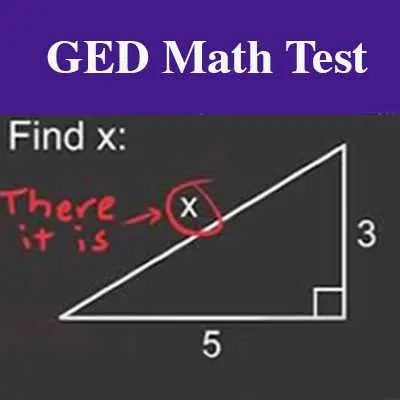GED Science Test

The GED Science test evaluates your ability to understand, interpret, and apply scientific information. You will have 90 minutes to answer 34 questions based on reading passages, graphics such as diagrams, tables, graphs, maps, or a combination of the two. You will need a minimum score of 150 to pass the GED Science Test.
You will work with six-question formats on the Science Test. Many questions will be in the familiar multiple-choice format, but you must be acquainted with the other formats, including fill-in-the-blank, drop-down, hot-spots, drag-and-drop, and short-answers.
The GED Science Test contains two Short-Answer questions (each worth 3 points!) based on one passage, two passages, a graphic, or a combination. You will write your answer in a text box. Read the prompt carefully and use the online highlighter to target specific facts and information that you will use in your response. Your answer must be one or two paragraphs long, with complete sentences and well-developed ideas. An effective response must answer the questions and use specific information from the source materials. It should not be based on your opinions or personal experiences.
Life Science topics account for 40% of the questions on the GED Science test. These biology-based topics include human body systems, cell structures and processes, health and nutrition, heredity and reproduction, genetics and DNA, evolution and natural selection, and the organization of ecosystems.
Physical Science topics account for 40% of the questions on the GED Science test. These physics and chemistry-based topics include atoms and molecules, properties and states of matter, chemical reactions, energy and work, motion and forces, waves, electricity, and magnetism.
Earth and Space Science topics account for 20% of the questions on the GED Science test. These geology/astrophysics-based topics include the structure of Earth, plate tectonics, geological cycles and processes, renewable and nonrenewable natural resources, weather and climate, the solar system, and the universe.





















